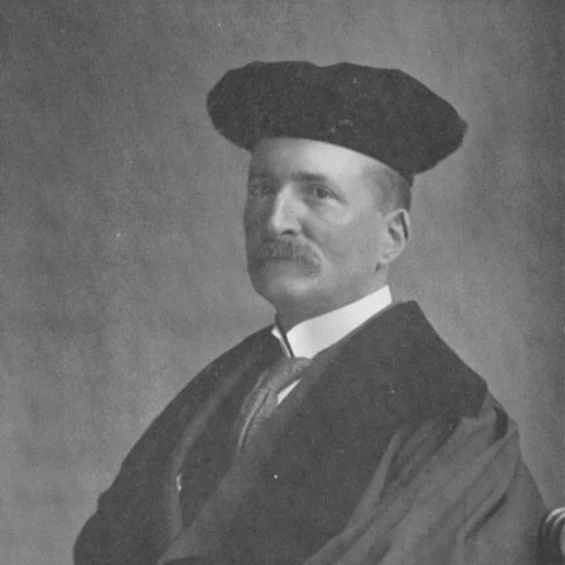The Inscribed Vase from Taxila: A Sacred Relic of Ancient Buddhist Glory
Taxila: The Legendary Seat of Learning
Taxila (तक्षशिला), known as Takkasilā in Pali and Taxila in modern usage, was one of the ancient world's greatest centers of education. Located near present-day Rawalpindi, Pakistan, this UNESCO World Heritage Site (inscribed in 1980) attracted legendary figures:
King Pasenadi of Kosala – The Buddha’s royal disciple.
Aṅgulimāla – The notorious bandit-turned-monk.
Mahāli the Licchavi – A nobleman who debated the Buddha.
General Bandhula – A military strategist.
Jīvaka Komārabhacca – The Buddha’s personal physician.
Historical Accounts of Taxila
5th century CE (943 BE): Chinese pilgrim Faxian described Taxila as the place where the Bodhisattva sacrificed his head (hence the name "Cut-Head City") and later gave his body to a starving tigress.
630 CE (1173 BE): Xuanzang recorded King Ashoka’s stupas here, including one marking Prince Kunāla’s tragic blinding and another honoring the Bodhisattva’s 100 self-beheadings as King Candraprabha.
The Inscribed Vase: A Buddhist Treasure
Discovery: Excavated by Sir John Marshall (1902–1931), former Director-General of Archaeology in India.
Description: A 12-cm-wide clay jar, inscribed in Kharoṣṭhī script (Prakrit language).
Inscription:
"Sihilena Sīhalajitena ca bhrātarehi Takṣaśilāye ayaṃ thūvo (thūpo) pratiṣṭhāvito savabudhānaṃ pūjāye"
Translation:
"This water stupa was established at Takshashila by the brothers Sīhala and Sīharakṣita in worship of all Buddhas."
Key Insights:
Donors: The brothers Sīhala (possibly from Sri Lanka) and Sīharakṣita ("Lion-Protected").
Ritual Use: The jar likely held water for stupa consecration (thūpo = stupa).
Historical Proof: Confirms Taxila’s name in ancient Prakrit (Takṣaśilā) and its role as a Buddhist pilgrimage site.
Where to See It Today
The vase is displayed at the Chandigarh Museum, India—a testament to Taxila’s multicultural Buddhist heritage, where Greek, Persian, and Indian influences merged under the Kushan Empire.
Why This Matters
Global Legacy: Taxila’s artifacts are scattered worldwide (e.g., British Museum, Lahore Museum), highlighting colonial-era archaeology.
Buddhist Philanthropy: The inscription reflects lay devotion through stupa-building, a practice Ashoka popularized.
Fun Fact: The "water stupa" (thūvo) may symbolize the Bodhisattva’s compassion—flowing like water to nourish all beings.
(Note: "Sīhala" might link to Sri Lanka, suggesting ancient maritime Buddhist networks.)



















.jpeg)
